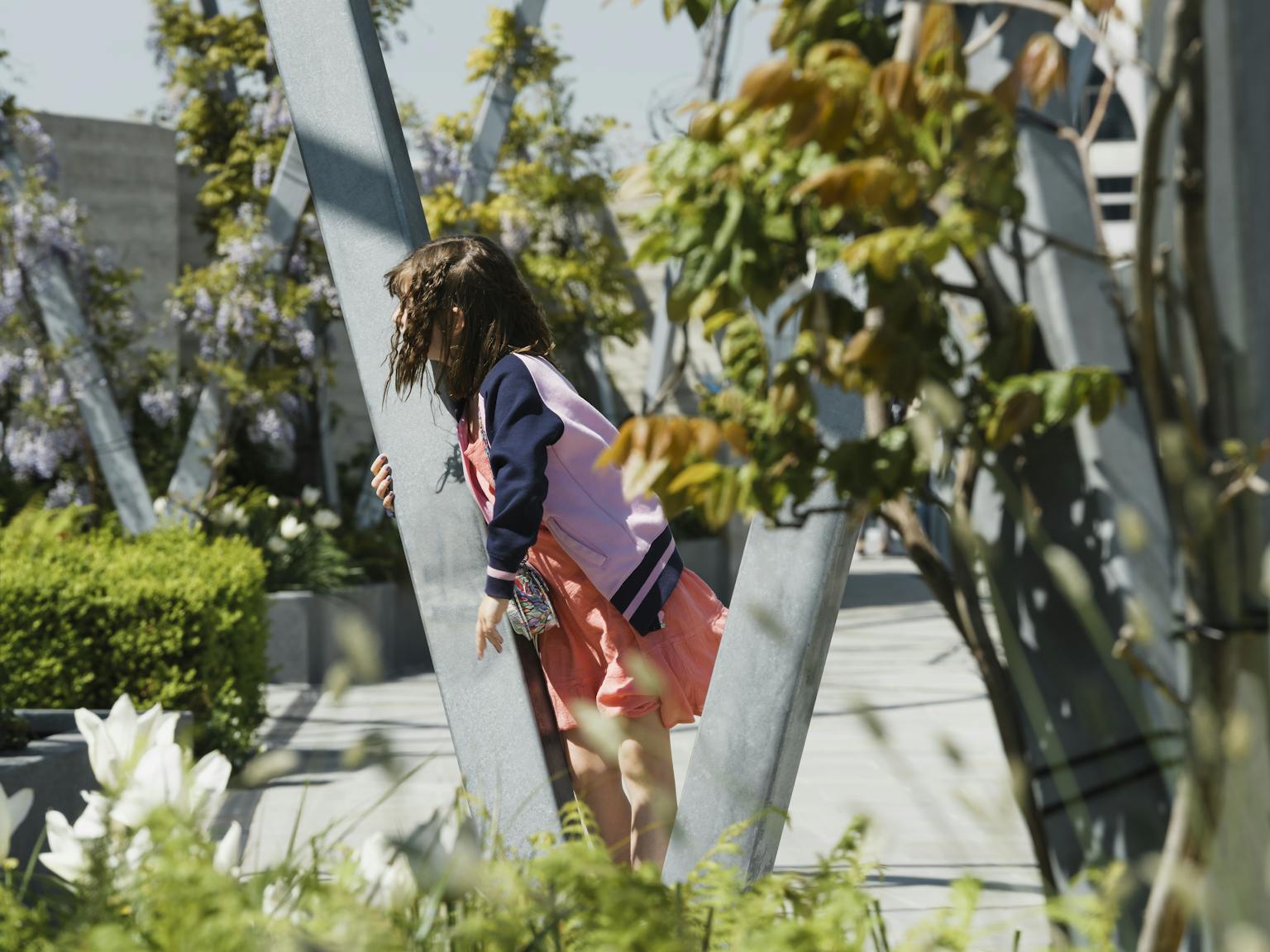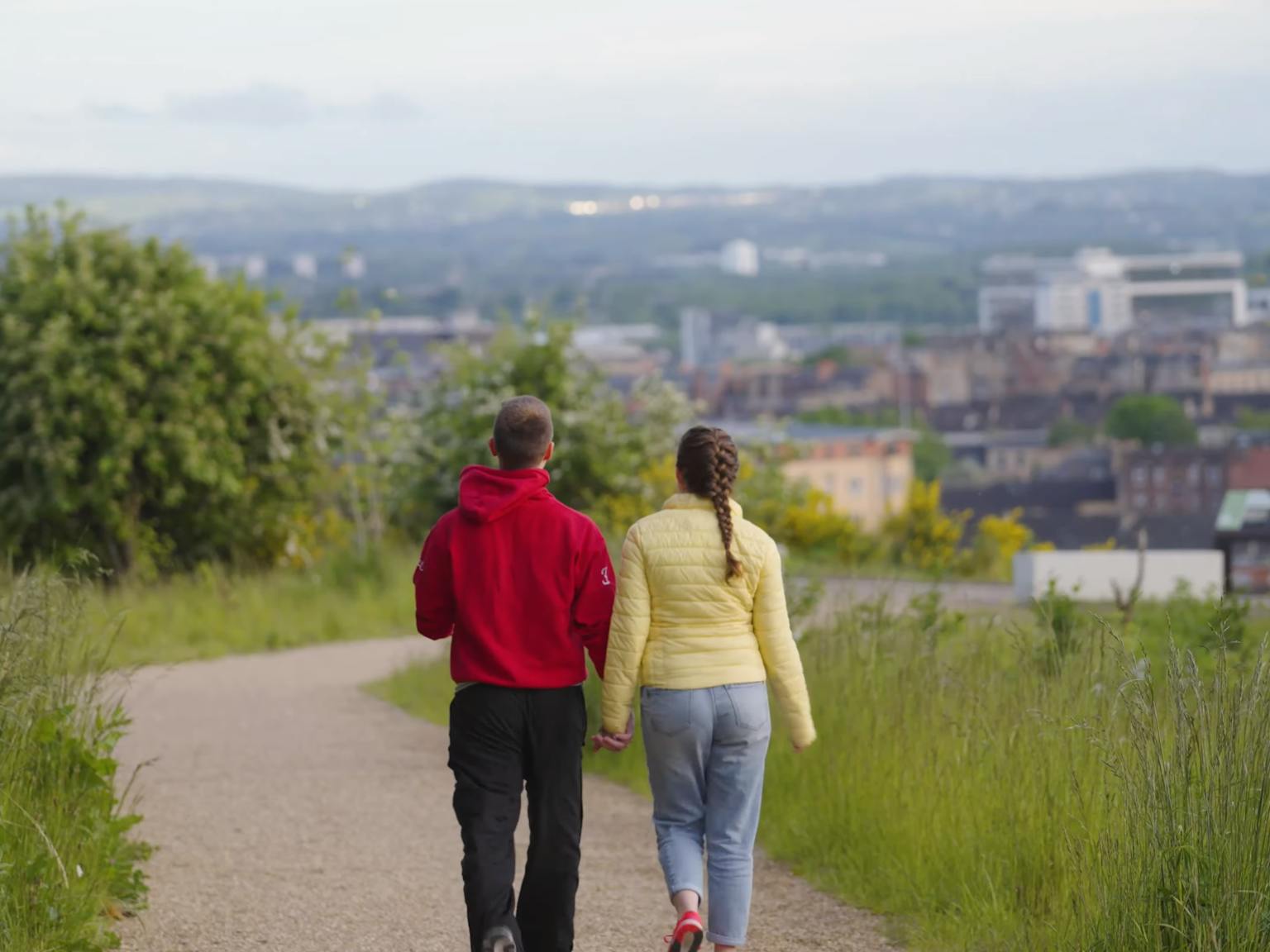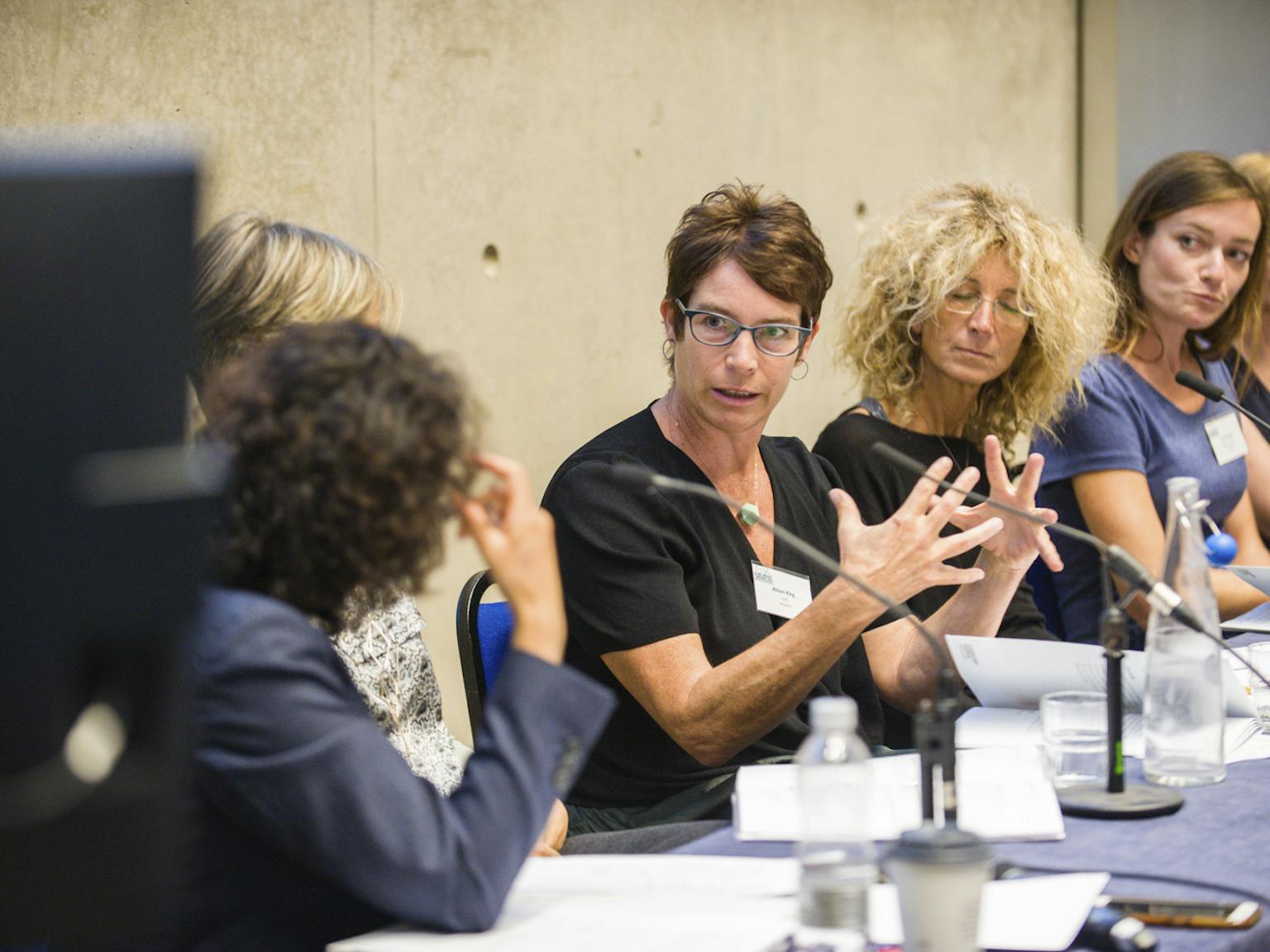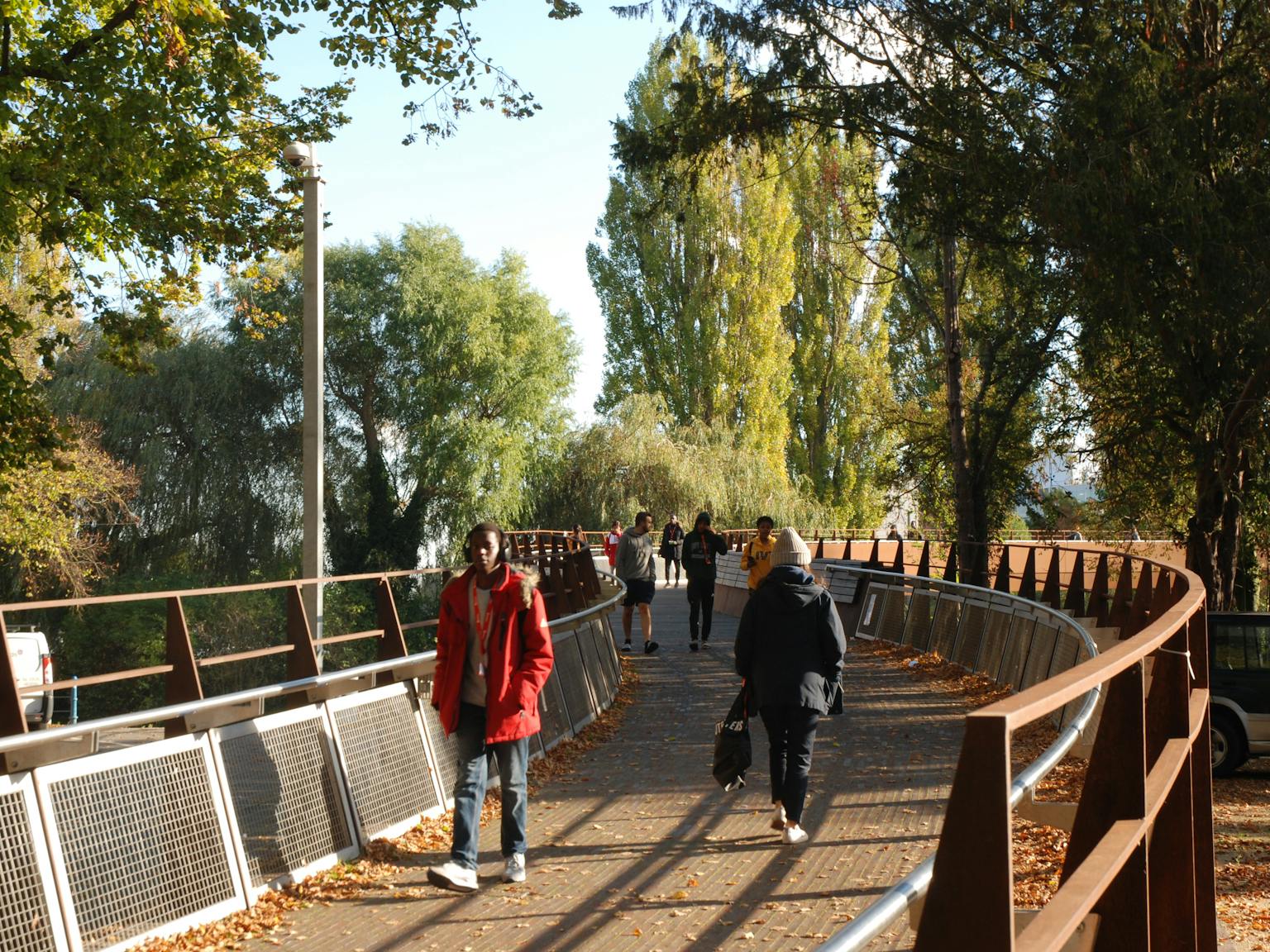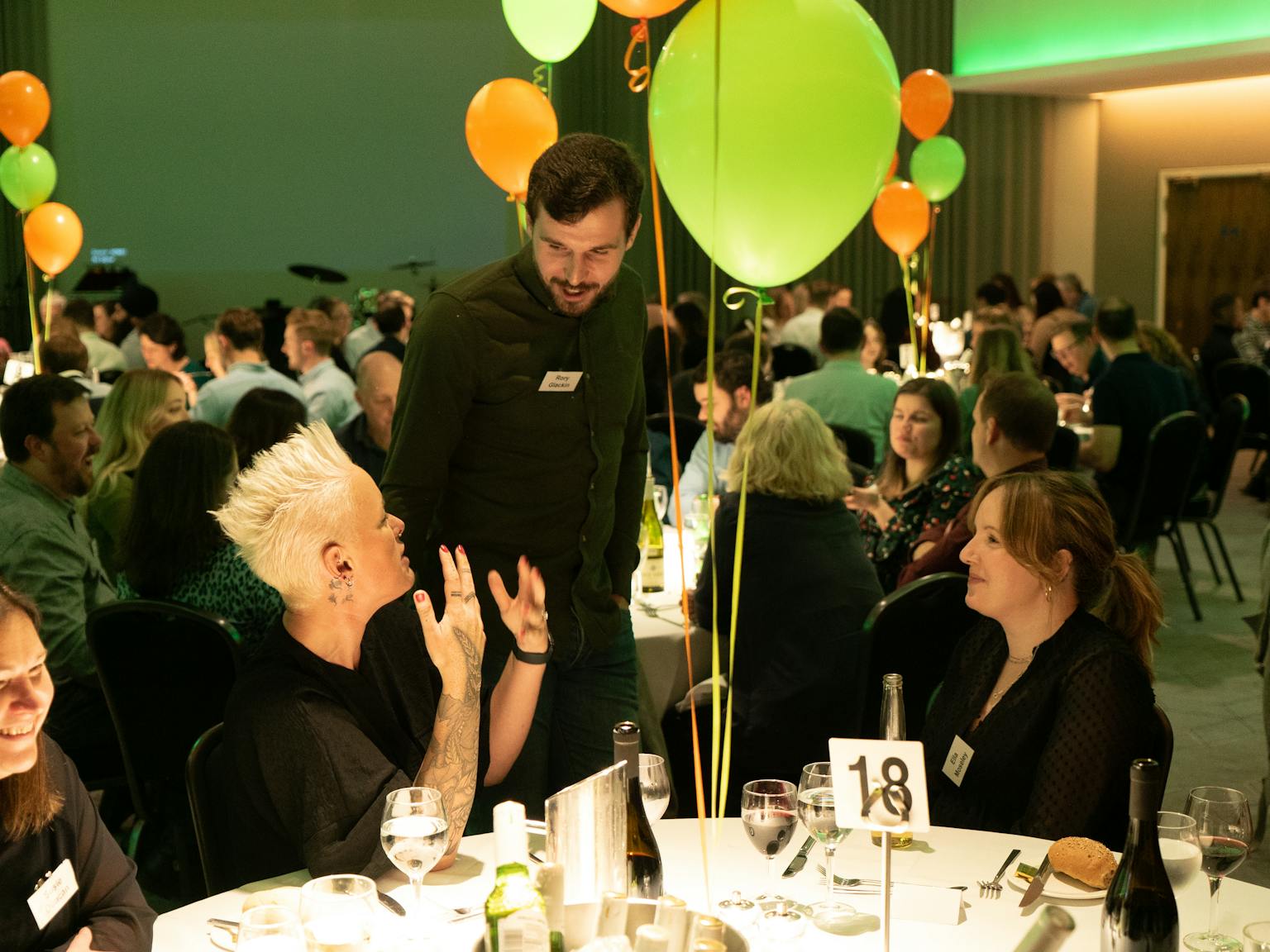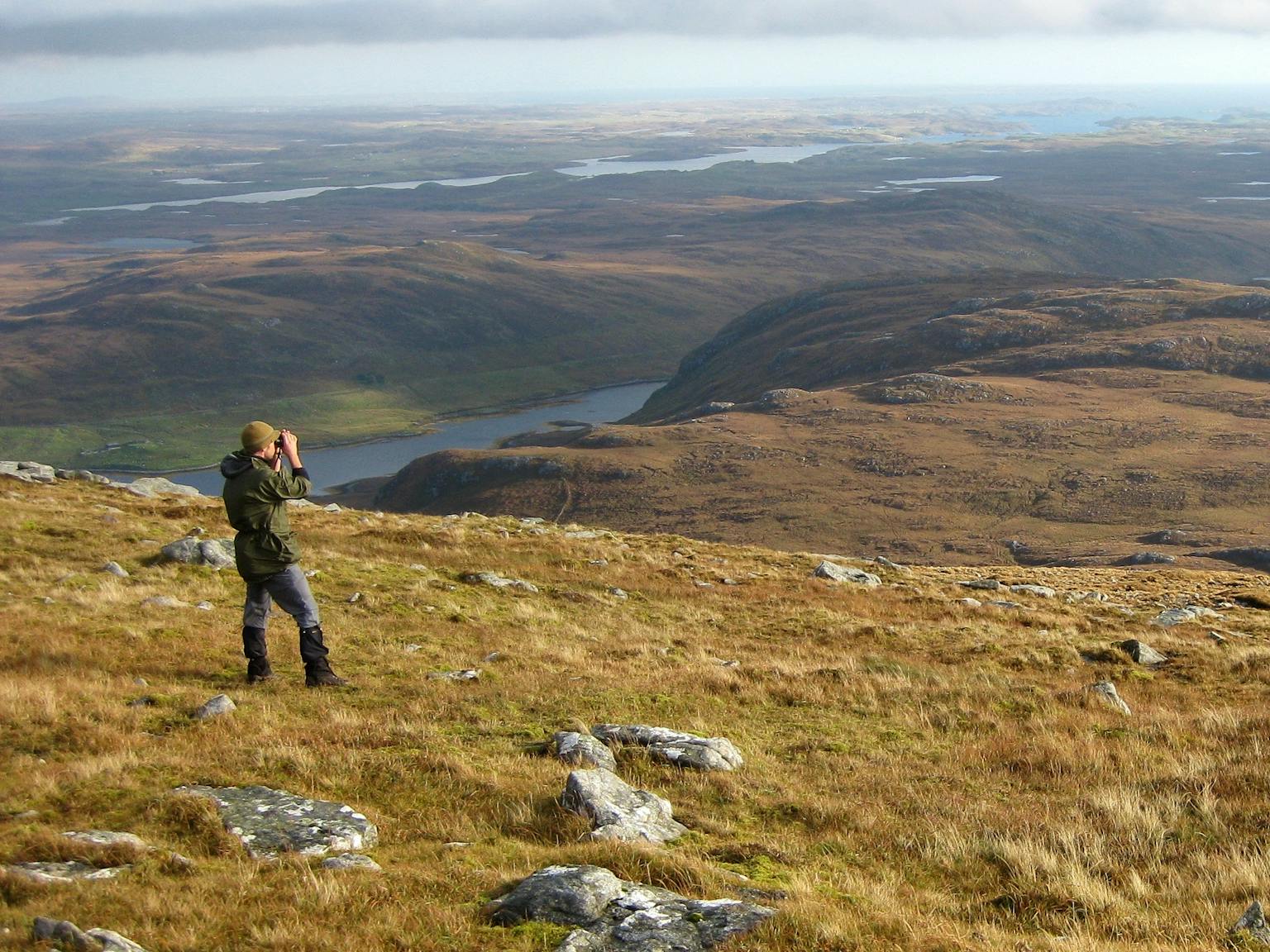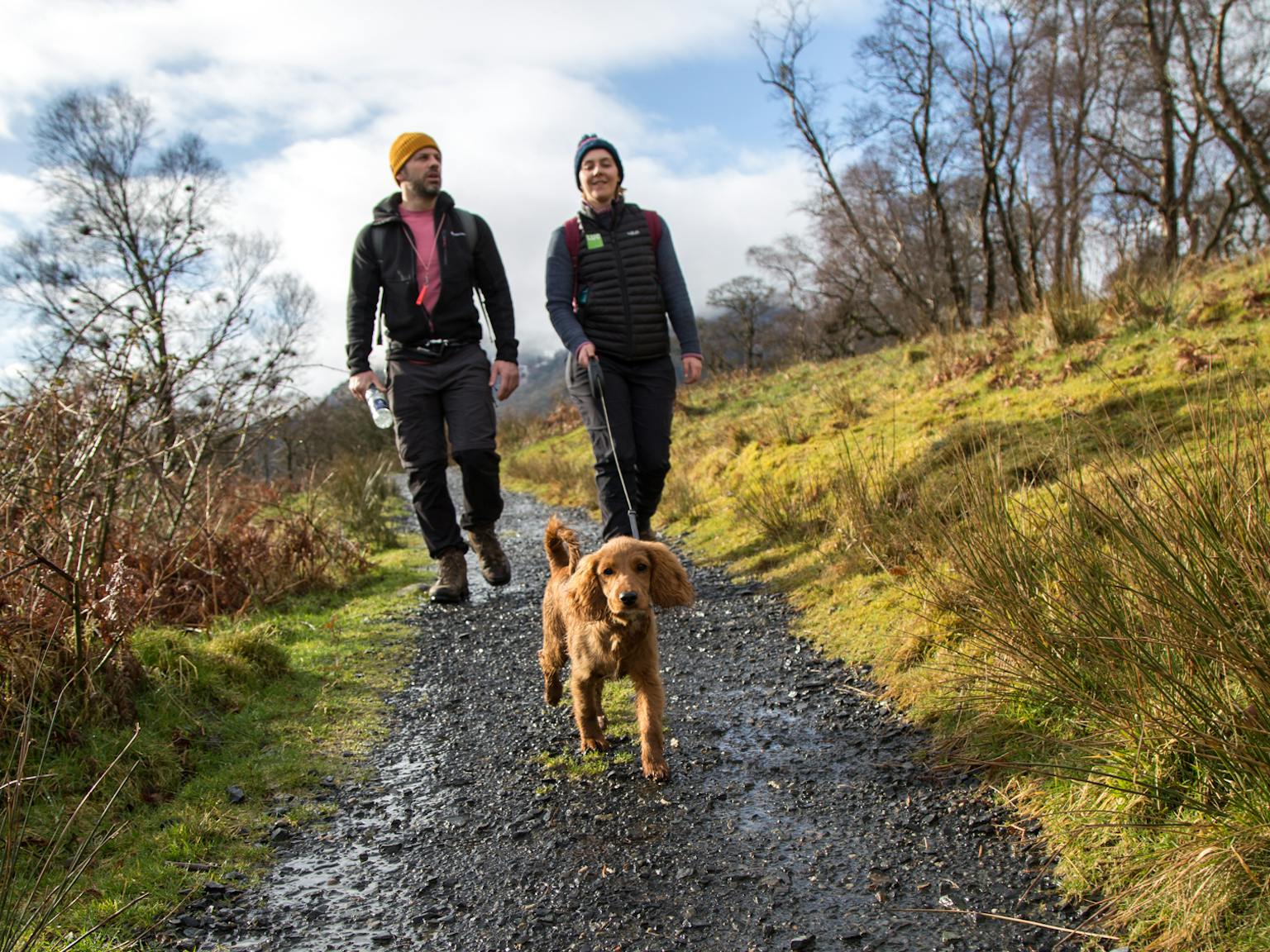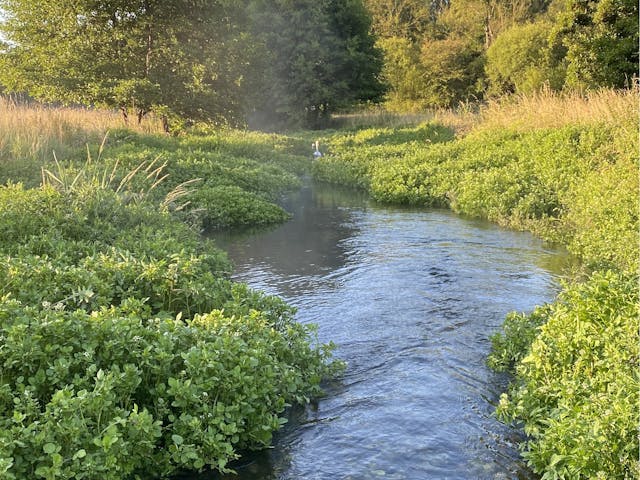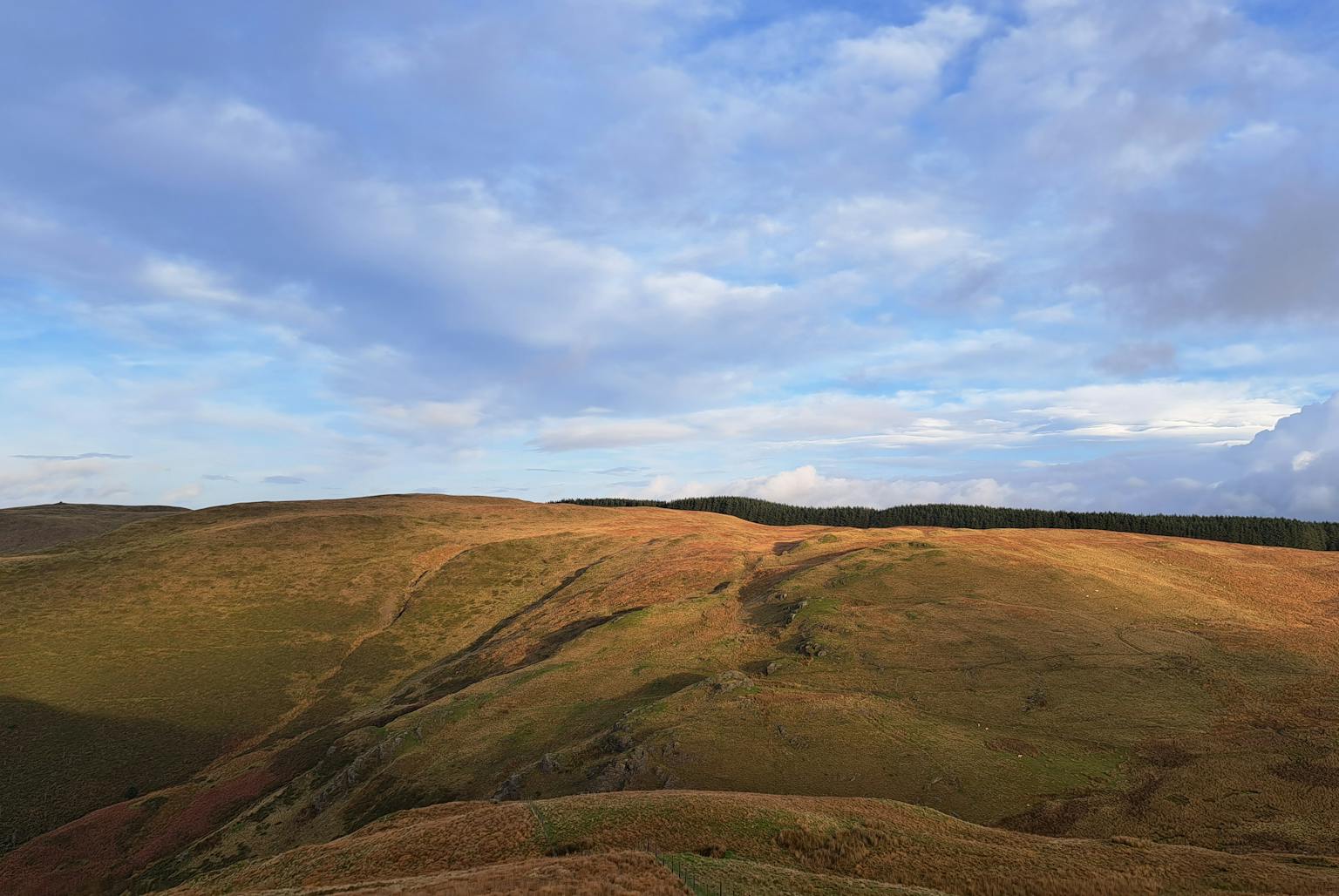
Key recommendations for place-making and re-greening from the BBBBC ‘Living with Beauty’ report
On 30 January 2020 the Building Better, Building Beautiful Commission (BBBBC) published their ‘Living with Beauty’ report, which followed a broad review of the national planning system. The Commission aimed to reach a broad consensus on ways to improve the quality of development and encourage beauty in our built environment. It strives to promote better public health, happier people and more sociable communities by proposing three aims for the planning system:
- Ask for Beauty
- Refuse Ugliness
- Promote Stewardship
The report proposes 45 recommendations for the National Planning Policy Framework (NPPF), as well as other national planning guidance documents, including policy alterations and propositions that aim to implement requirements for good building design, with an emphasis on the importance of placemaking that efficiently integrates our built and natural environments.
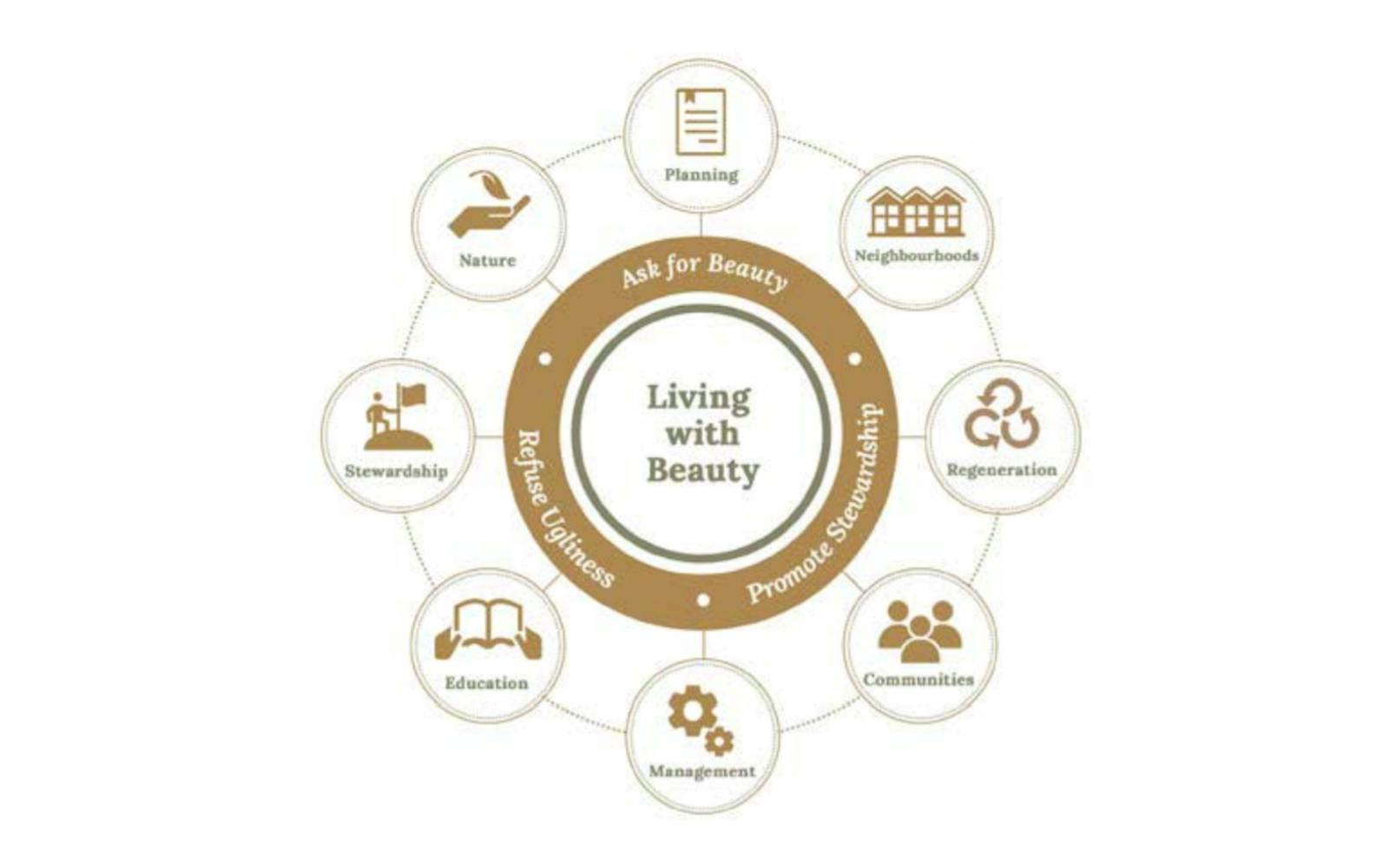
In terms of planning and place-making, key recommendations include:
- There should be more emphasis on the importance of place-making within the NPPF, making beauty and good design cross-cutting themes across government strategies and forthcoming legislation.
- Local Planning Authorities should define what “beauty” means, empirically and visually, by deliberative engagement with the local population for views on objective criteria.
- New settlements, urban extensions and investment in infrastructure should be considered within a longer time frame – a 30-year vision is recommended for local plans.
- Development management policy, permitted development rights, and local development orders can play a role in increasing the delivery of development that is aligned with the locally distinctive sense of place, through robust design policy that is based on community engagement.
- Local Planning Authorities should encourage the recycling of buildings through an ‘adaptability test’ within the planning permission process.
- Limiting the physical length of planning applications to prevent a complex and needlessly verbose process.
- Setting key targets and performance indicators in order to establish the popularity of what is being permissioned. Metrics that are suggested include standardised scores on local health and reported happiness, local polling and visual preference surveys, local perceptions of community safety, and empiric measurements of local air quality.
In terms of landscape design and ecology, the report recommends:
- The planting of trees will be encouraged (government to commit to a radical plan to plant two million street trees within five years), and public groups should be able to apply for funds to plant trees.
- Local councils and housebuilders should plant one fruit tree per house in order to reconnect the public with nature and the sources of their food.
- Local government should retain hedges in greenfield development, plant new hedges, designate some streets as ‘green corridors’, and implement sustainable drainage systems (SUDS) to integrate urban drainage into natural drainage systems.
The BBBBC report recognises that, since the Commission’s inception, the Government has made welcome progress in establishing design as an important aspect of the planning process through the publication of the National Design Guide. While the Commission’s recommendations will not have any weight until relevant updates to the NPPF or its associated Guidance are enacted, we understand that the Secretary of State has committed to a thorough consideration of the recommendations.
We will be paying close attention to how this plays out in the coming months.
The full report can be found here.
